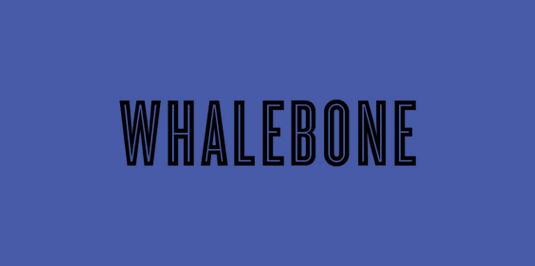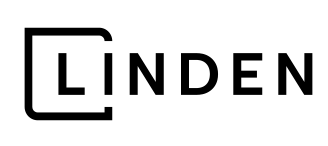
Tip #1
Be consistent.
Consistency in the timing, tone, look and feel of your email newsletter will let your readers know what to expect.
Keeping the look and feel of your newsletter consistent will help ensure this method of communicating remains on brand for your organization, and this is an easy way to establish trust with your readers. They signed up to receive your newsletter because they have an interest in you and want to hear more of what you have to say, so the way you approach them should echo where they have encountered you before, like on your website or on social media.
Tone is important for these reasons, too. What’s your brand voice? Warm and familiar? Then your newsletter voice should be, too. Throw in a pun or wrap up the content with something a little silly. Is your voice direct and always professional? Great. Make sure your tone and content align.
The frequency you send your newsletters should be consistent because, again, your readers will know what to expect, which establishes trust. And because your newsletter will be full of amazing content, they will come to look forward to the next edition.
Tip #2
Make sure the content is valuable.
Don’t send an email just to send an email, even if you’re about to hit that monthly or quarterly deadline you’ve set for yourself.
Your readers expect to get something out of what you’re sending to their inboxes, so what you write needs to have a purpose. Whether you’re spreading some news, announcing an event, teasing a new product, sending a discount code for loyal readers or anything else, wait to send until you have all of your thoughts composed, external links gathered, and purpose clearly conveyed. It’s important, too, not to repeat content too frequently. Repetition of ideas and points you would like to make is definitely OK, just do it strategically. Don’t repeat content just because you don’t have anything else to say, and don’t send out duplicate emails right on top of each other, whether that happy hour meet-and-greet you’re having is too good to miss or not.
Your readers will know if you are just sending out fluff, and they will let you know it by unsubscribing or opting out.
Tip #3
Use varying content types.
No one is going to get through your email if it’s just big blocks of text. Or maybe they’ll skim it, but they will likely miss something important you have to say. So use images! Insert videos! Surprise ‘em with a fun animation! At the very least, break up your content blocks with some headlines.
Tip #4
Include a call to action.
There’s a reason you’ve decided to create an email newsletter as a way to engage with your audience – what is it? What do you want them to take away from it? Is there something you would like them to do? How can they build on their experience with your organization through this newsletter?
Show your readers how to engage with you, your message or your mission with a call to action somewhere within your newsletter. Maybe you lead them to your website to discover a new feature. Maybe you’re doing really fun things on social media and you take them to your latest YouTube Short. Maybe there’s an event sign-up or an article you would like them to look at about the work you’re doing to change the world. Or maybe you wrote a blog about writing a newsletter and you link to it in your newsletter. Whatever it is, help your readers know or do what you intended for them to know or do when you sent the newsletter in the first place by including a call to action in your content.
Tip #5
Be thoughtful about the subject line.
This one might take some testing to figure out what works best, since every audience is unique. But it’s important to think about what is going to get your readers to actually open your email newsletter. Your subject line might need to be straight to the point, or it may be a consistent “quarterly update” announcement. Or, you might use this space to capture your readers’ attention before they even click to open. You can even try adding an emoji! Just one, though. Let’s not get crazy.
Here are a couple examples of great email newsletters that we legitimately look forward to.

Morning Brew
Morning Brew has a variety of newsletters that cover different topics and audience interests. Each version is delivered daily, weekly or a set number of times each week; the timing is communicated to their readers when they sign up. The newsletters use a template to organize their content sections, but sometimes they change it up and try something new, and they’re not afraid to ask readers what’s working and what isn’t. Their content is a nice balance of informative and fun, and it’s easy to read all the way through.

Whalebone
Whalebone started as a magazine with a lot of character, and everything they do – with the magazine and beyond – is part of the brand. It’s fun and interesting and quirky; it’s positive and genuine and easy to love. In 2020, Whalebone started an “almost daily” email newsletter, “Afternoon Delight,” just to get something cheerful into people’s inboxes. The content is fun and interesting and quirky, positive and genuine and easy to love. It’s Whalebone, and it’s delightful.

Alison Quinn
Creativity, strategy and sparkles: our Creative Director's Big 3. Alison is a self-professed word nerd and lover of marketing that makes you go "whoa!"
